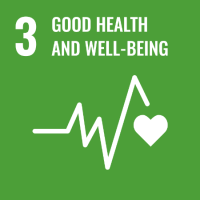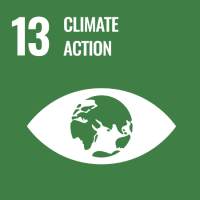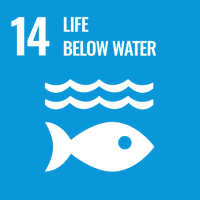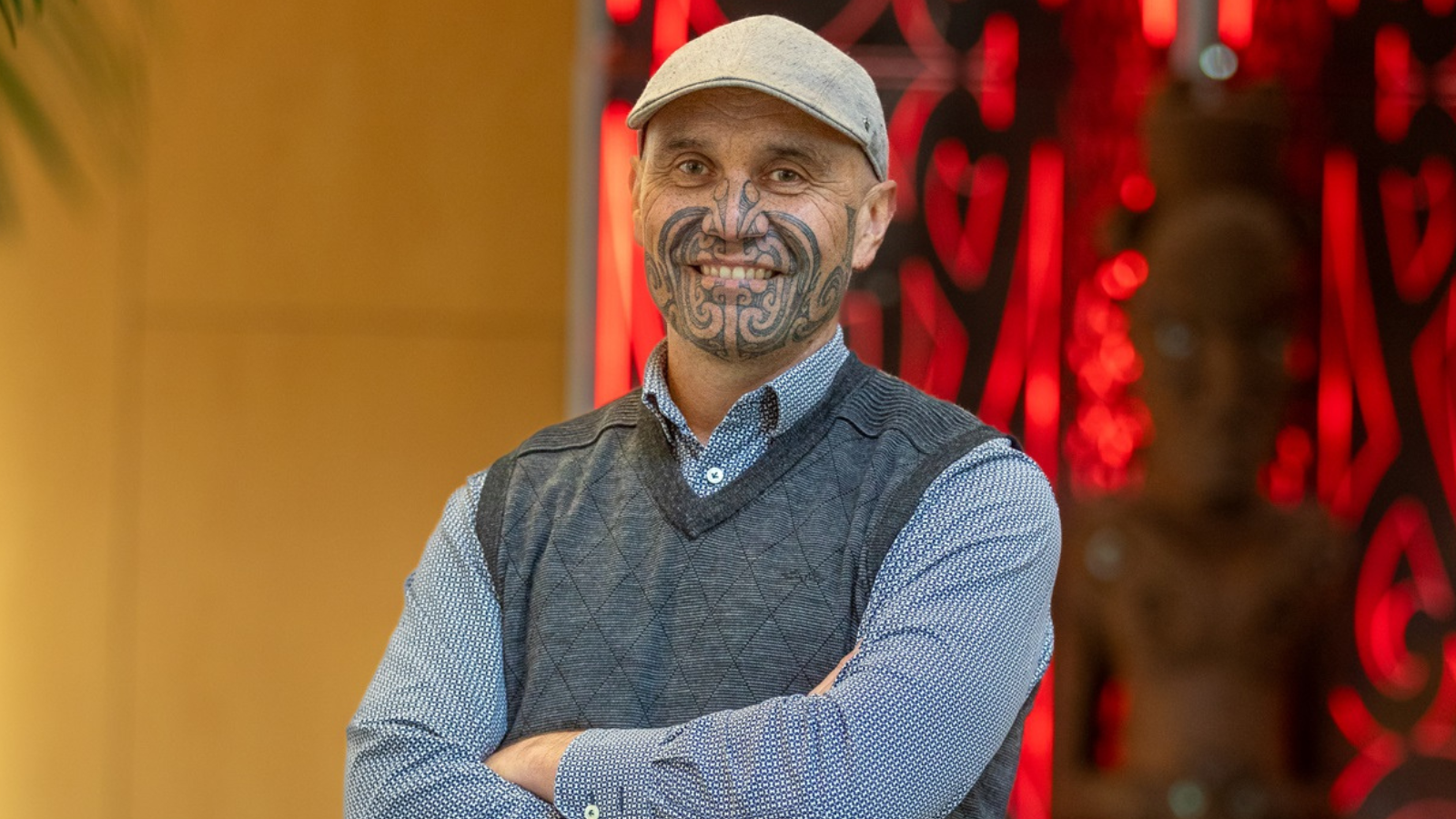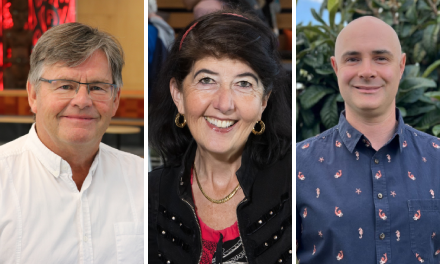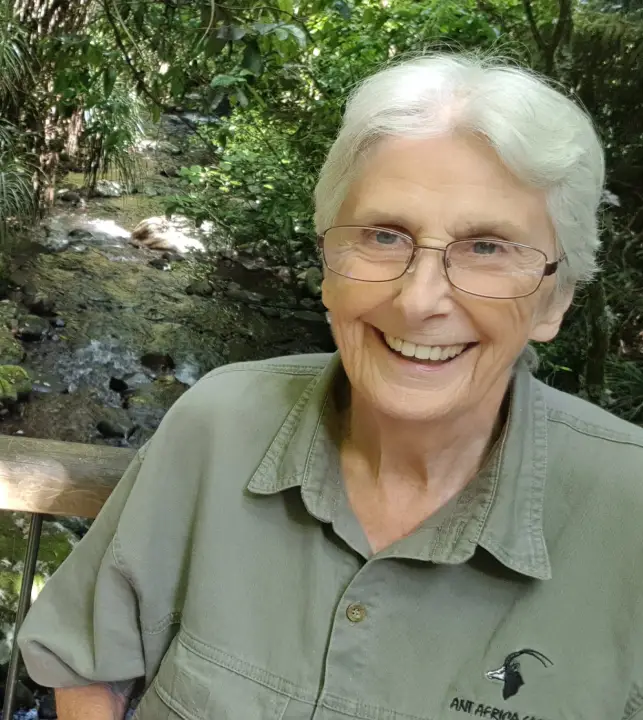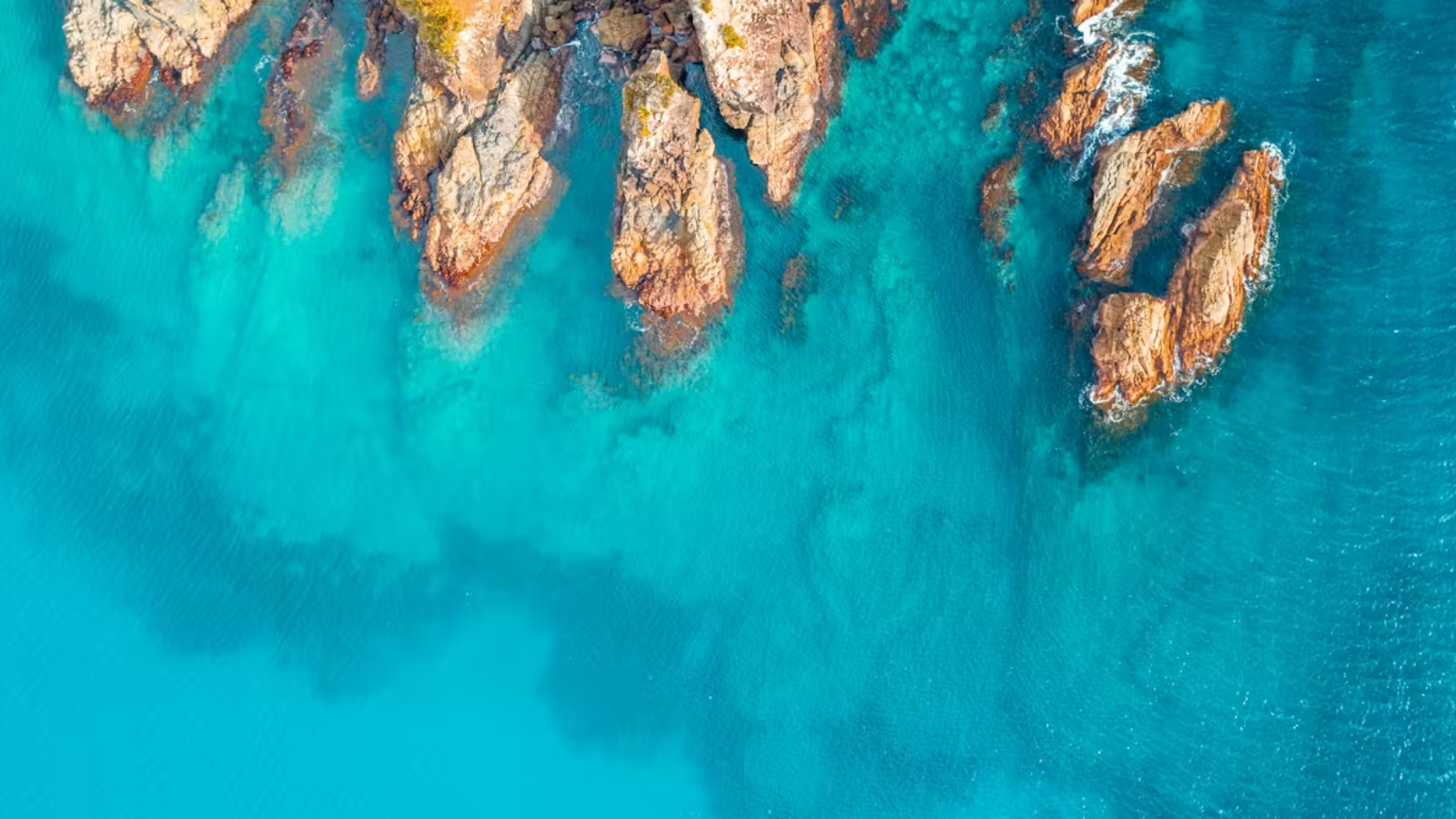The discovery was presented at the New Zealand Marine Sciences Society Conference “Titiro whakamuri, kōkiri whakamua”, looking back to move forward, held at the University of Waikato’s Tauranga campus this week.
Bay of Plenty sponge gardens a new lead in cancer research
The University of Waikato reports the discovery of vibrant sponge gardens in deep-sea reefs off the Bay of Plenty, suggesting potential for groundbreaking cancer-fighting drug development.
06 Jul 2021

lophon laevistylis
Bachelor of Science student Emma Donald discovered the sponges about 50 metres below the surface, off the Tauranga coastline, as part of a summer research project. Emma lost her own father Malcolm to an aggressive form of brain cancer in 2019.
“Throughout dad’s sickness, even when he could no longer talk, the things I was learning about the ocean at University would make his face light up, he would be really proud of this,” said Emma.
More than 400 scientists, iwi, and marine environmental stakeholders from universities, Crown Research Institutes and organisations have gathered at the conference to discuss how New Zealand can protect and sustainably harness the economic potential of our marine environment.
Papers being presented include how seaweed can help our agriculture industry, the migratory patterns of Bronze Whaler Sharks, research on sea level rise, and the discovery of microplastics in shellfish.
While marine biodiversity in the Bay of Plenty was extremely high, footage from the reefs showed just how little we have explored or understood the depths of our oceans, Emma said.
Conference organiser, University of Waikato Chair in Coastal Sciences, Professor Chris Battershill said the vast number of sponges was a rare find and many appeared to have affinities with species already known to have cancer fighting properties.
In 1986, Professor Battershill was part of a team of international scientists who discovered a rare sea sponge off the coast of Kaikoura in the South Island, which has since been used in the creation of the late phase breast cancer drug Halaven®.
“New Zealand is already responsible for the research behind Halaven® and another treatment for HIV AIDS derived from compounds in red algae. Those compounds are now also being investigated for use in a Covid-19 treatment,” he said.
New Zealand’s marine biodiversity presents researchers a huge opportunity to unlock bioactive compounds, he said, but the race is also on to protect our marine ecosystems from threats including land runoff, pollutants, sea temperature rise and ocean acidification.
“There are many tensions at play. We want to ramp up New Zealand’s blue economy for the benefit of New Zealand Inc, but we also want to ramp up our conservation and restoration efforts. The two priorities are fundamentally linked.”
Professor Battershill said the sponges’ discovery would form part of a new initiative at the University reawakening work on marine bioactive compounds for use in both pharmaceuticals and agrochemicals. The next step would be getting samples to analyse the sponges and formally identify them.
The University has also reengaged with American and Australian colleagues at the National Cancer Institute to begin working up leads not yet developed, he said. Researchers are additionally looking at how certain leads could be mapped into the agriculture and horticulture sectors.
The University is currently working with Zespri on a treatment for PSA from compounds in seaweed. They plan to also test similar leads against diseases including Myrtle Rust and Kauri Dieback and look at mapping alternative weed killers, he said.
“We are entering a new era for high value bioactives from marine organisms. The potential to create jobs and a high value biotech industry in New Zealand from our marine environment is huge but we must also be seeking to protect and restore what we already have,” he said.
